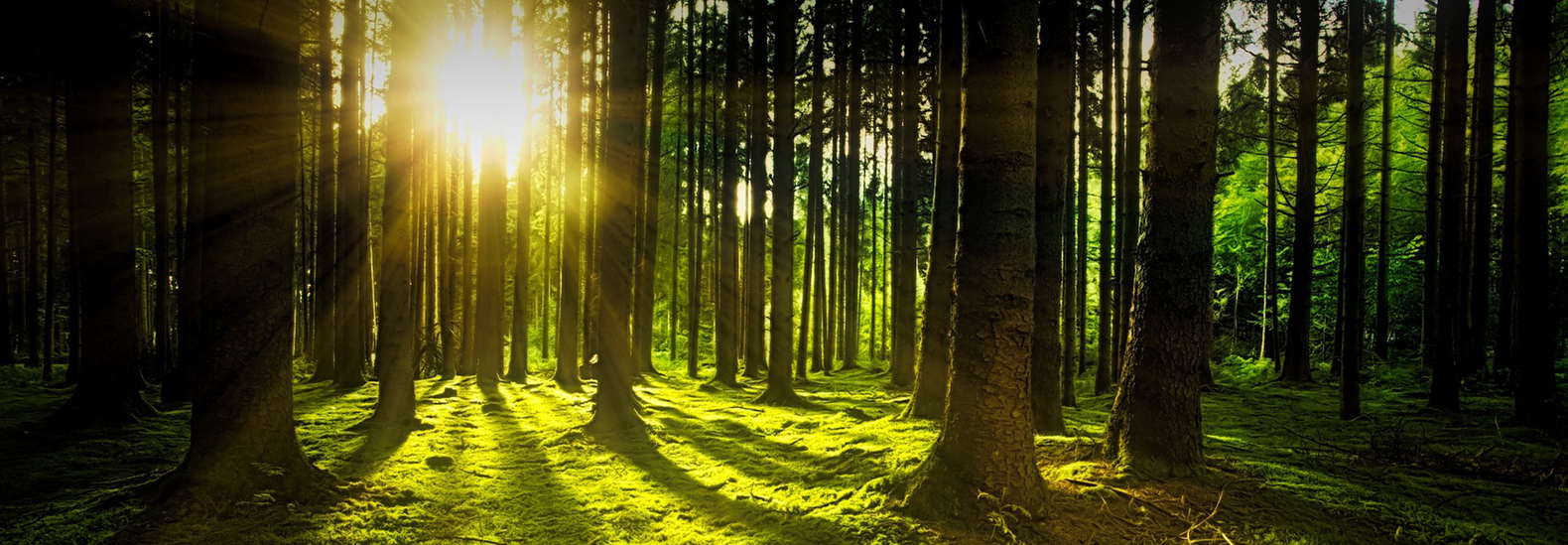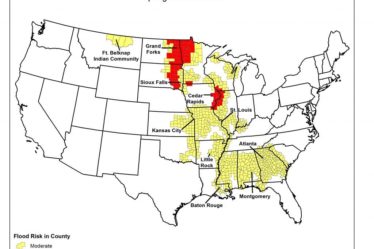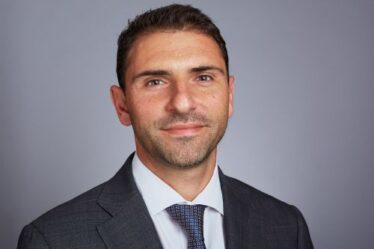
Trees make the world a better place for humans by providing shade, sequestering CO2, intercepting airborne particles, aiding respiratory health and adding great beauty to this planet we call home. Because trees do so much for us, planting more of them is an eco-strategy touted by many environmental organizations. But what’s it really like spending your workday growing, planting and caring for trees? To find out, we talked to a Zach Clark-Lee, a professional tree farmer who works with the environmental charity One Tree Planted.
Founded in 2014, One Tree Planted works on reforestation projects in North America, South America, Asia, Africa and Australia. Some of its goals are to restore forests after natural disasters, create jobs and enhance biodiversity. The organization figures that it costs approximately $1 to grow and plant a tree, from land prep to maintaining and monitoring the planted tree. So if you have a dollar, you can sponsor a tree through One Tree Planted’s website. Or learn more about planting some trees yourself.
Related: Nonprofit plants 80,000 trees in Kenya and Rwanda
Here’s what Clark-Lee had to say about working with One Tree Planted.
Inhabitat: What and where is your job, and how did you become affiliated with One Tree Planted?
Clark-Lee: I work for the Colorado State Forest Service Seedling Nursery in Fort Collins, Colorado as a tree farmer. I took a tour of the nursery while in school, and I immediately fell in love with their mission and passion. I started as a volunteer in 2014 for about 4-5 weeks and then was offered a seasonal position. One year later, I started training to become the container production supervisor.
Now, this is not the only hat that I wear. I’m the volunteer coordinator for the nursery, a licensed drone flier, tree planter and tour guide. Giving tours is how I became affiliated with One Tree Planted. I connected with their mission and values right away and then started growing trees for their vast projects. I’ve gotten a significant number of trees in the ground by working with One Tree Planted and have connected with some fantastic people along the way.
Inhabitat: What was your motivation behind getting involved in the industry?
Clark-Lee: To be completely honest, my motivation at first was completely selfish. I just wanted to be able to work outside. The more I learned during my hands-on experience, the more I realized how important my work and the work of the nursery was. My motivation adapted quickly. While I still love the fact that I get to work outside, I’m driven by a purpose, a want and a need to make our world a better place. Ultimately, I want to ensure my kids and future generations all over the world have a thriving planet to call home.
Inhabitat: How many trees do you cultivate yearly?
Clark-Lee: We sell roughly 500,000 native trees, perennials, shrubs and grasses every year. These plants have so many different applications such as going to post-fire/flood affected areas, building habitats, erosion control, creating living snow fences and windbreaks and more.

Inhabitat: What’s a typical day like for you?
Clark-Lee: I arrive at 6:45 in the morning and get our crew rolling for the day. We may be seeding, transplanting, weeding or getting orders ready for distribution. Every day that I’m on the farm, I get to nurture our plants to help others and Mother Nature. The days are long, and sometimes more challenging than others, but I experience a constant rewarding feeling from my work. A feeling that makes me want to get up and do it again day after day. Home is an interesting concept for me. The nursery is really my second residence, and after a long day on the 130-acre farm, I get to go to my actual home and spend time with my family.
Inhabitat: What happens after you’ve grown the trees, and where do they go?
Clark-Lee: We grow and sell trees for many different reasons. Some of our plants are going to areas that may have been impacted by devastating fires or floods. Some may be for habitat rehabilitation and animal corridors that house birds, lions, bobcats, pollinators and more. We also have specific projects for a number of different conservation efforts, like helping reservations restore their land or helping farmers/landowners with windbreaks or living snow fences to better manage their properties.
Inhabitat: Do you plant trees yourself? Why?
Clark-Lee: Yes, we plant the trees ourselves, mainly to ensure the success, health and beauty of the tree planting. We want our plants to help Colorado and surrounding states be as healthy and prosperous as we all know they can be. We also plant species on our property for seed increase, when seed may be hard to get your hands on.
Inhabitat: Where have you planted trees?
Clark-Lee: I have started my own plantings on the “High Park” burn scar, just outside of Fort Collins. I saw this site and realized that not many people were planting there. So, I took it upon myself to change that. With the help of One Tree Planted, I was able to purchase the trees from the nursery and get started. Planting is a passion of mine, and I cannot wait for the pandemic to end so that I can return to the forest with my volunteers.
Inhabitat: What wild animals have you seen in the field?
Clark-Lee: I have seen amazing wildlife, like mountain lions, bobcats, eagles, hawks and owls.
Inhabitat: What do you like the most about working in the industry?
Clark-Lee: What I like most about working in the industry is the like-minded people I have the opportunity to connect with. Volunteers are truly a different type of breed — an amazing one! They are happy to get out in the hot sun and traverse all kinds of terrain just to put trees in the ground. Volunteers don’t do it for the money, they do it because they are passionate about the cause and want to help.

Inhabitat: How long have you done this work, and how long do you plan to do it?
Clark-Lee: I have been doing this work for almost 7 years now, and I don’t think I could be any happier doing anything else. I have been able to grow and plant trees for the world’s health and help others find their path in this industry.
Inhabitat: What else should readers know about your work?
Clark-Lee: Passion is the ultimate driver for my work. If you’re looking for ways to help fight climate change, or get involved in your own community, you can start with planting trees. Get out and volunteer for an hour or two, or 10 hours, or a whole week. Do it until passion slaps you across the face. You might discover something in you that you never knew you had.
Inhabitat: What are your hopes for the future of forests, and how does your work contribute to that?
Clark-Lee: I hope that I can pass my torch to the future generations with a smile and know that we are in safe hands. I hope that my passion rubs off on people from all walks of life. I want my work to instill hope in others. Trees are the answer, and don’t let anyone forget it.
See professional tree planters in action in this video from One Tree Planted.
Images via Jplenio, George Bakos and Siggy Nowak

